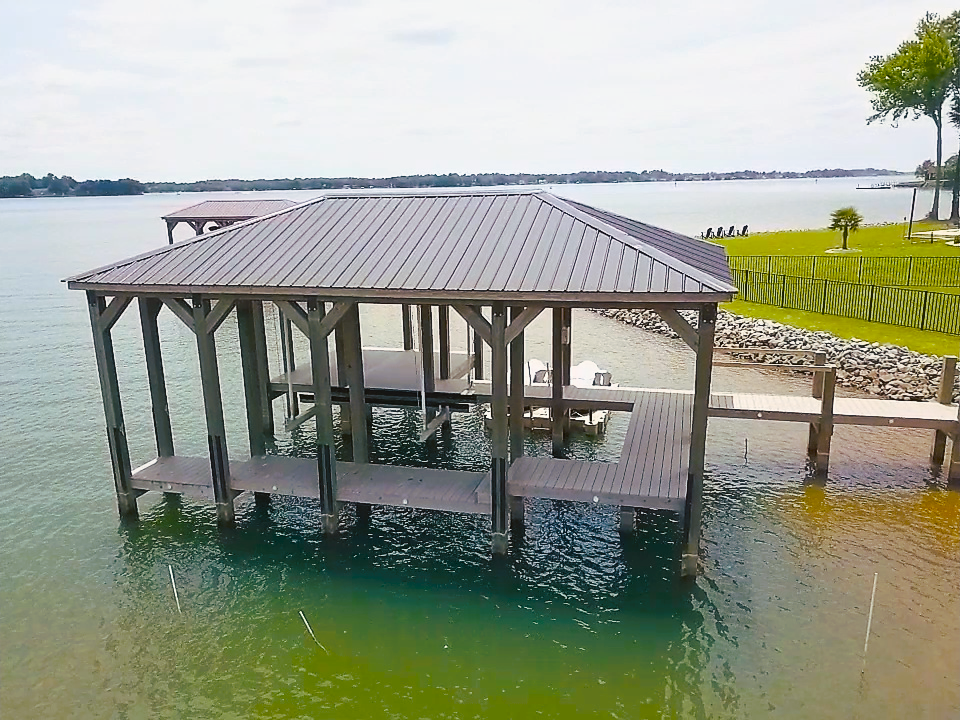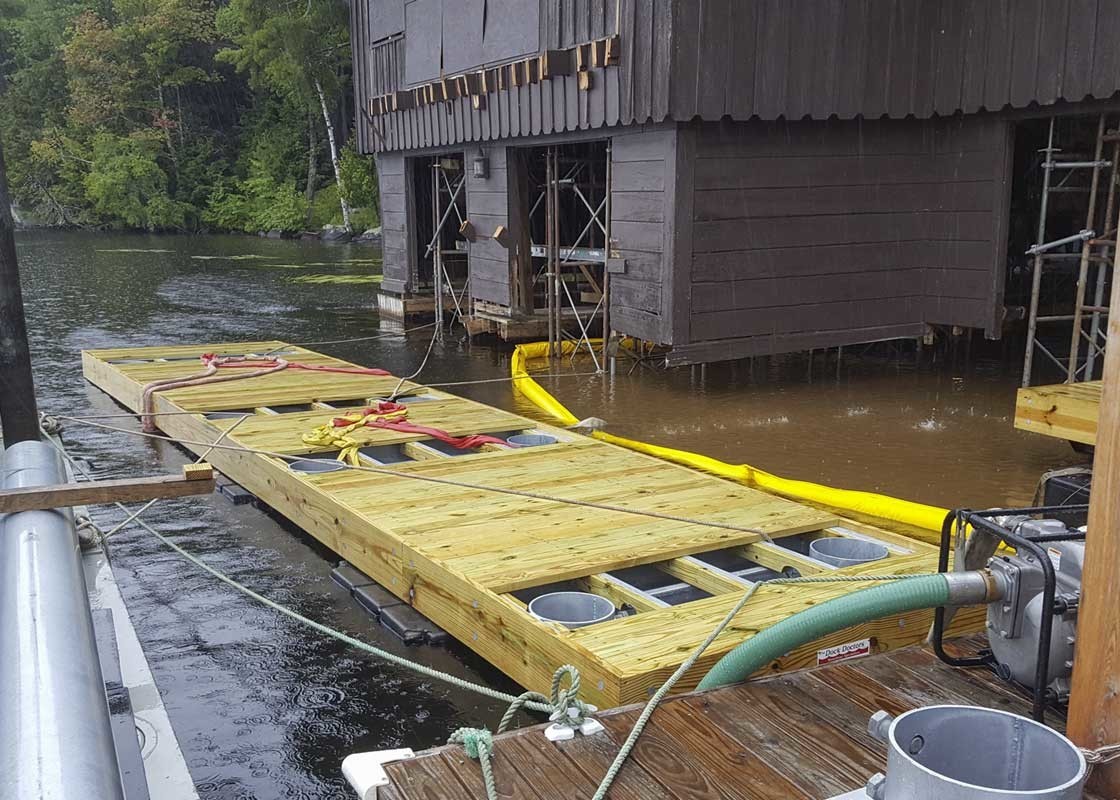Why Routine Upkeep Can Reduce Future Dock Repairs
Why Routine Upkeep Can Reduce Future Dock Repairs
Blog Article
Effective Dock Repair Work Techniques: Guaranteeing Architectural Integrity
Ensuring the structural honesty of docks with effective repair work techniques is vital for the longevity and security of aquatic centers. This entails a multi-faceted strategy starting with comprehensive evaluations making use of sophisticated innovations like finder devices and remotely ran cars (ROVs) to spot both noticeable and concealed damages. Consequently, picking the best repair service products, such as corrosion-resistant alloys and composite products, is critical for longevity. Structural support techniques, consisting of the application of cross-bracing systems and load-distribution plates, play an essential duty in mitigating stress and anxiety factors. The significance of these methods comes to be noticeable when exploring advanced repair service methods and preventative upkeep approaches.
Evaluating Dock Damage
Examining dock damages is an essential initial action in ensuring the architectural integrity and safety and security of any docking center. Key aspects to check out include the dock's foundation, pilings, decking, and hardware (Dock Repairs).
Architectural engineers or qualified examiners commonly execute these assessments making use of specialized techniques and devices. Undersea inspections could utilize finder equipment or remotely ran lorries (ROVs) to spot immersed damage. Over water, aesthetic inspections are matched by utilizing dampness meters and various other analysis tools to reveal underlying issues not promptly visible to the naked eye.

Picking Repair Work Products
Selecting the suitable repair materials is a critical action in the dock repair procedure, one that directly affects the durability and efficiency of the repaired framework. Product selection need to be driven by elements such as ecological problems, load-bearing needs, and compatibility with existing dock elements. For example, timber is a typical choice for anchors as a result of its all-natural durability and visual allure. Choosing the best type of timber, such as pressure-treated lumber or normally rot-resistant varieties like cedar or teak wood, is essential to withstand aquatic atmospheres.
Along with timber, composite products are significantly prominent due to their resilience and reduced upkeep needs. Compounds, normally made from a blend of plastic and timber fibers, use outstanding resistance to rot, insects, and UV damage. For metal anchors, picking corrosion-resistant alloys such as galvanized steel or marine-grade aluminum is vital to protect against corrosion and ensure architectural stability in saline water problems.
Epoxy materials and marine-grade sealants are indispensable for repairing splits and sealing joints, supplying a waterproof barrier and boosting the dock's general stamina. By thoroughly choosing top quality materials, dock repair services can attain lasting results, therefore guarding versus future destruction and ensuring safe, trusted usage.
Architectural Reinforcement Techniques
Effective structural reinforcement strategies are important in ensuring the stability and longevity of dock fixings. One basic method involves the usage of steel or composite reinforcement bars (rebar) within concrete frameworks. Rebar gives extra tensile stamina, protecting against cracks and distributing lots more evenly. This approach is particularly effective for anchors revealed to heavy tons or rough ecological problems.
One more crucial strategy is the application of fiber-reinforced polymers (FRP) These materials offer high strength-to-weight ratios and outstanding resistance to rust, making them excellent for strengthening wooden or concrete docks. FRP can be applied in sheets or strips and bonded with epoxy materials to improve architectural stability.
Supporting and anchoring systems additionally play a critical function in structural support. Cross-bracing, using steel or wooden light beams, can neutralize lateral pressures, minimizing persuading and movement. Securing systems, such as helical piers or driven stacks, give a wikipedia reference stable foundation by transferring lots to much deeper, more stable dirt layers.
Lastly, the assimilation of load-distribution plates can assist distribute weight much more evenly throughout the dock's surface area, reducing local stress points. These methods jointly make certain that docks remain robust and secure, with the ability of enduring the rigors of their functional environment.
Advanced Repair Methods

Another sophisticated technique involves undersea welding, which enables repair work to be conducted without the demand to dewater the location. This technique is especially useful for resolving structural problems in immersed dock components, making certain minimal disruption to operations. Enhanced welding methods, paired with robotic systems, deliver precision and reliability, thereby prolonging the important site life-span of the dock.
Additionally, cathodic security systems are executed to prevent deterioration in metallic dock structures. By using sacrificial anodes or impressed current systems, these strategies successfully reduce the electrochemical procedures that cause material degeneration.
Finally, progressed tracking innovations, such as architectural wellness tracking (SHM) systems, provide real-time data on the problem of dock structures. These systems allow proactive upkeep and timely interventions, inevitably making certain the long-lasting architectural stability of the dock.
Maintenance and Prevention
Maintenance and avoidance are essential concepts that underpin the long life and safety and security of dock frameworks. Regular evaluations are critical, permitting early detection of damage, potential weak points, and ecological influences. An aggressive strategy, including routine checks for deterioration, rot, and architectural changes, alleviates costly repair services and lengthens the dock's operational life.
Preventative actions must consist of using safety finishes to metal parts to defend against rust and utilizing treated timber to resist decay. In addition, ensuring proper water drainage and air flow can prevent water buildup, which is a typical reason for official statement structural degradation. Including quality products and sticking to supplier standards during construction and fixing phases also play vital functions in improving durability.

Educating personnel in dock upkeep ideal techniques ensures consistent application of safety nets. Leveraging technical advances, such as drones for evaluations and sensing units for real-time surveillance, can additionally boost maintenance efforts. By prioritizing maintenance and prevention, dock owners can make sure architectural integrity, operational safety and security, and economical management over the dock's life expectancy.
Final Thought
To conclude, keeping the architectural integrity of aquatic facilities demands detailed dock repair work techniques. Extensive inspections making use of sophisticated devices reveal both visible and hid damages, while the selection of proper repair work materials boosts durability. Applying structural reinforcement approaches addresses stress points successfully. Advanced repair service strategies, combined with regular upkeep practices, ensure the dock continues to be secure and functional under diverse environmental problems. Taking on these strategies significantly extends the lifespan and capability of marine facilities.
Guaranteeing the structural honesty of docks via reliable fixing strategies is paramount for the durability and security of aquatic centers.Selecting the ideal fixing products is a crucial action in the dock remediation procedure, one that directly affects the longevity and efficiency of the repaired framework.Reliable architectural reinforcement strategies are vital in guaranteeing the security and long life of dock repair work. By focusing on maintenance and avoidance, dock owners can guarantee architectural integrity, operational security, and cost-efficient management over the dock's life expectancy.
In final thought, keeping the architectural honesty of aquatic facilities necessitates thorough dock repair service techniques.
Report this page